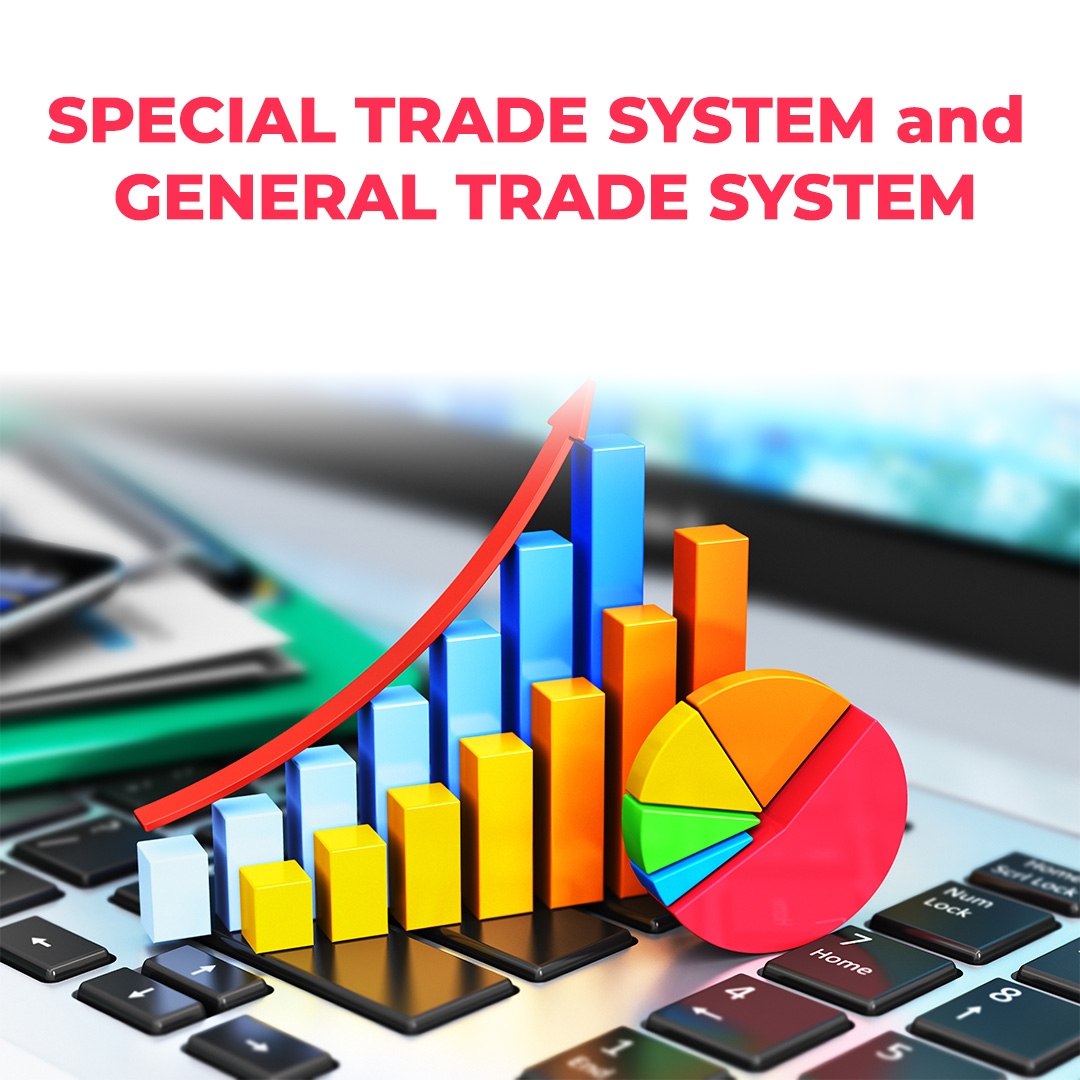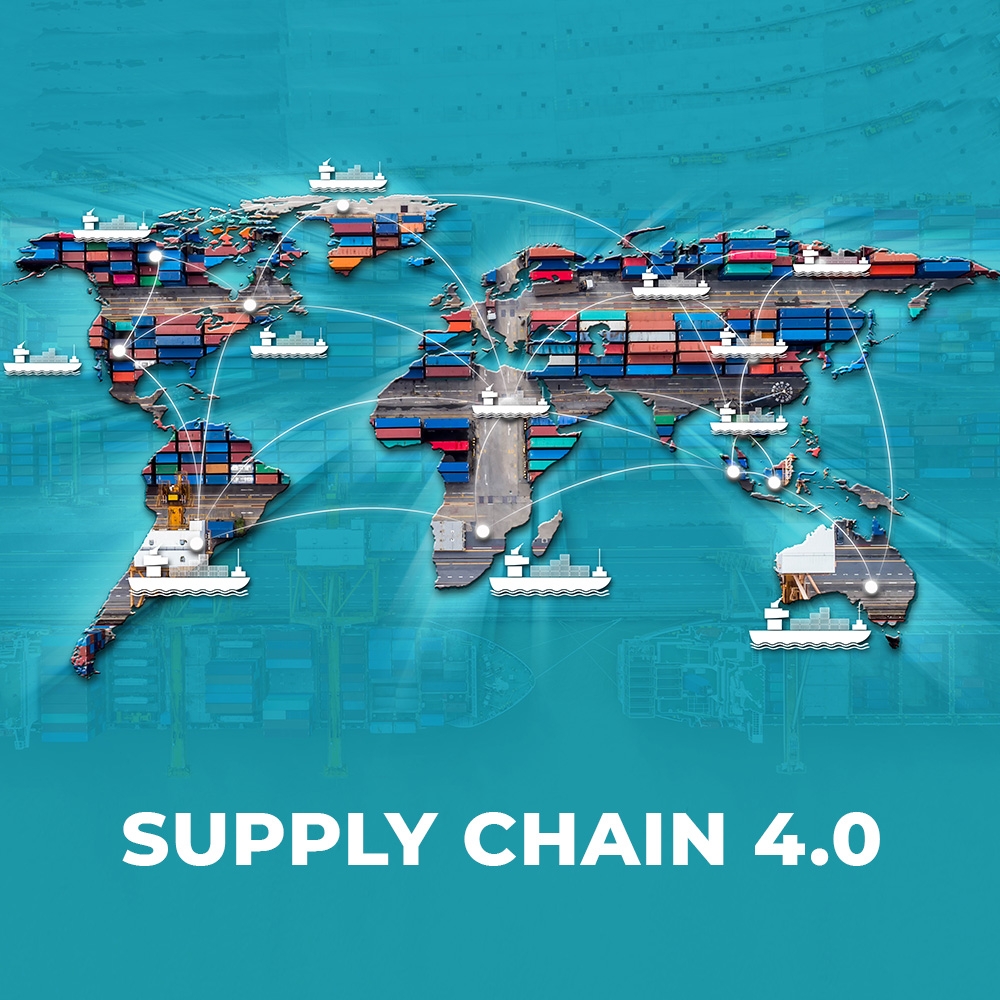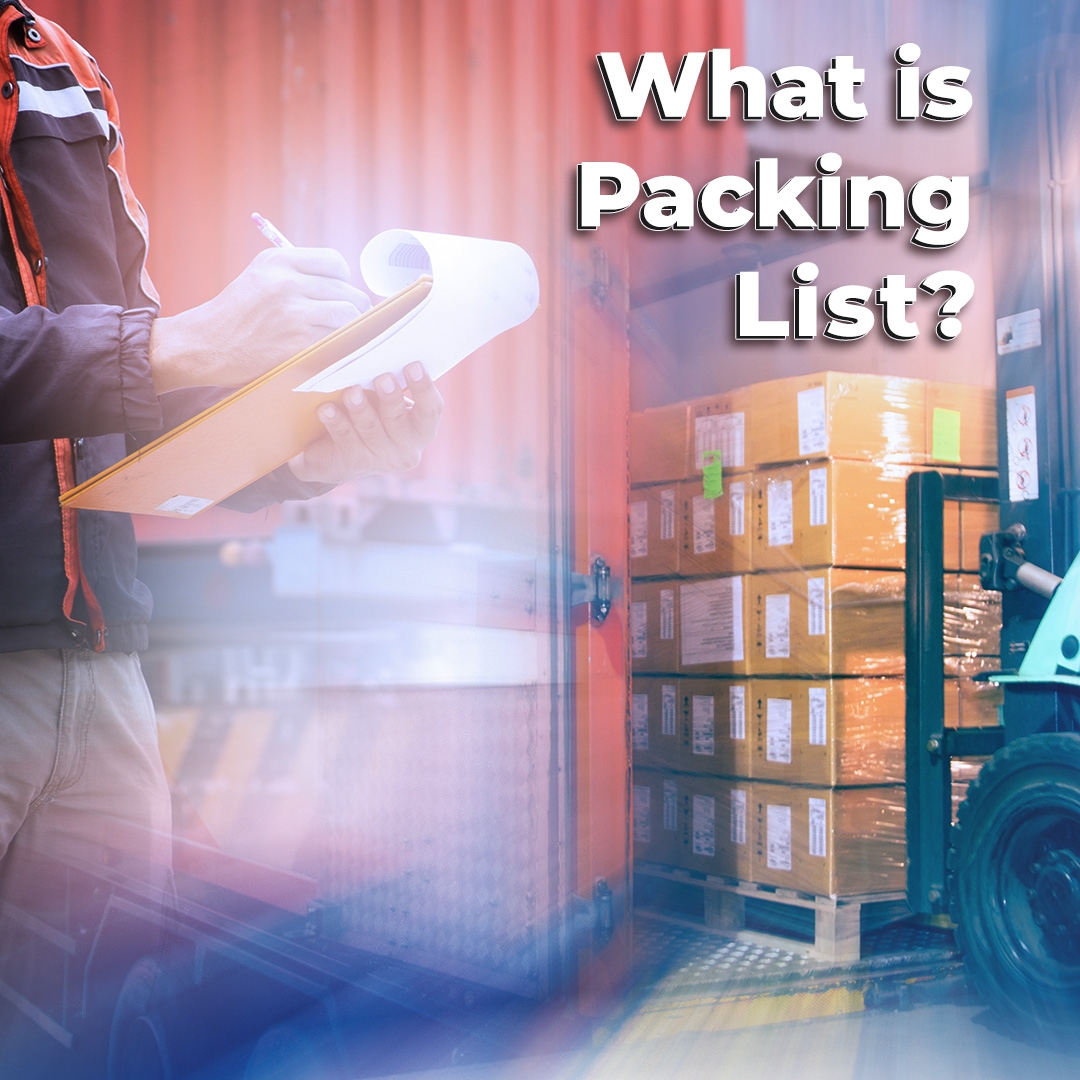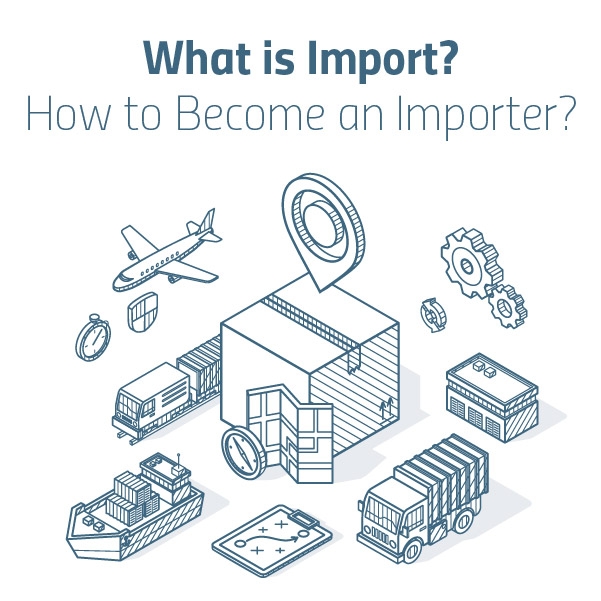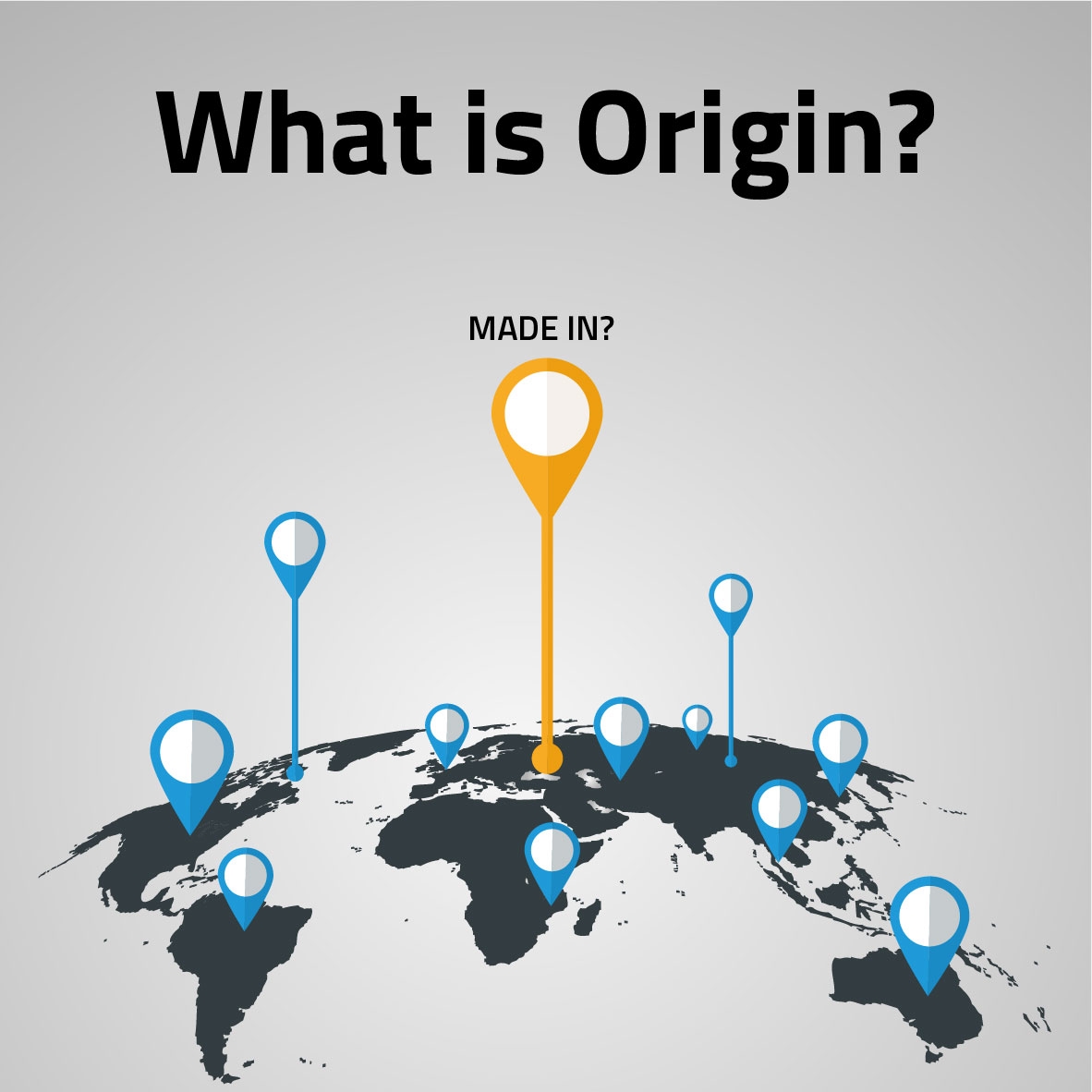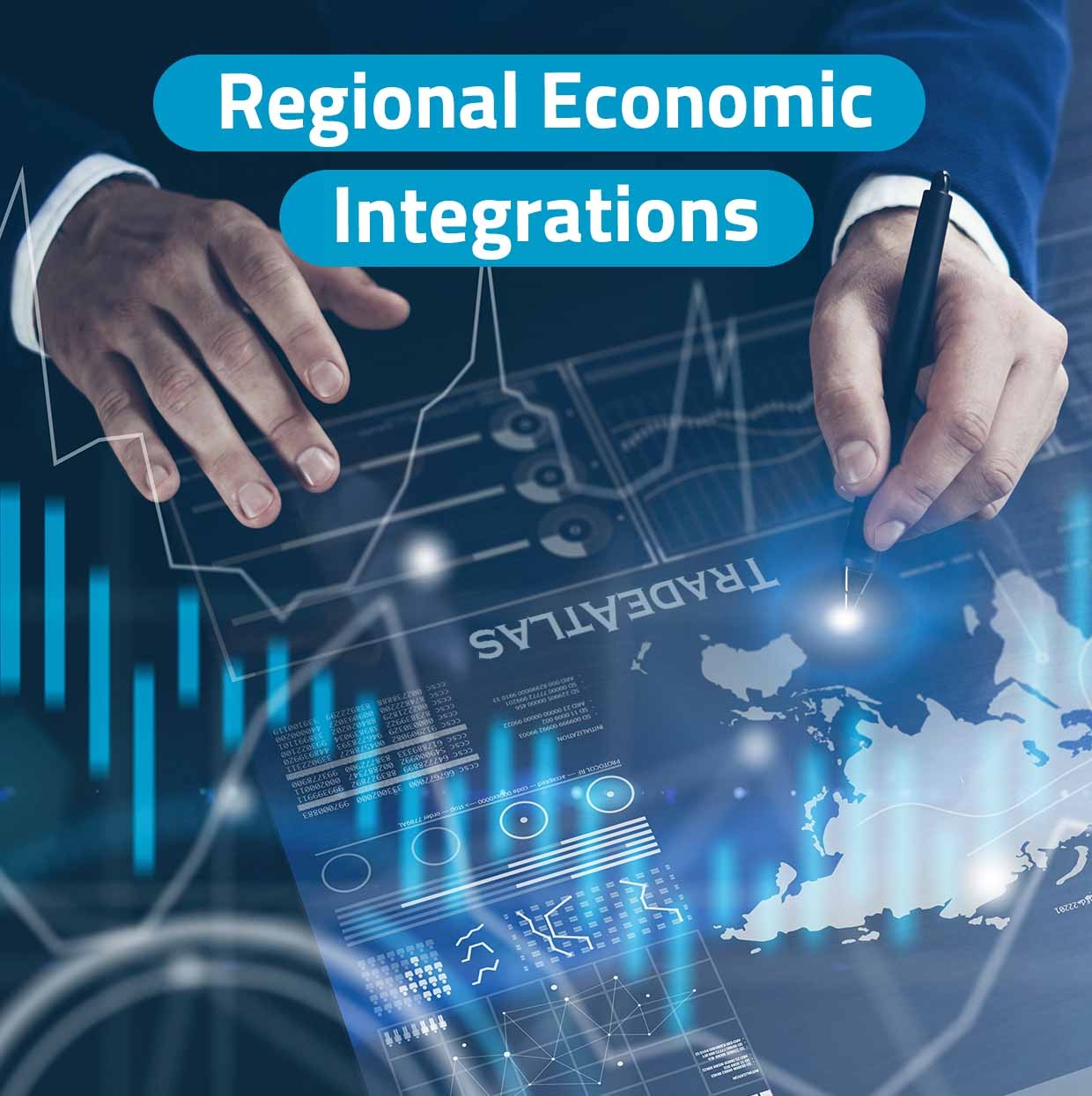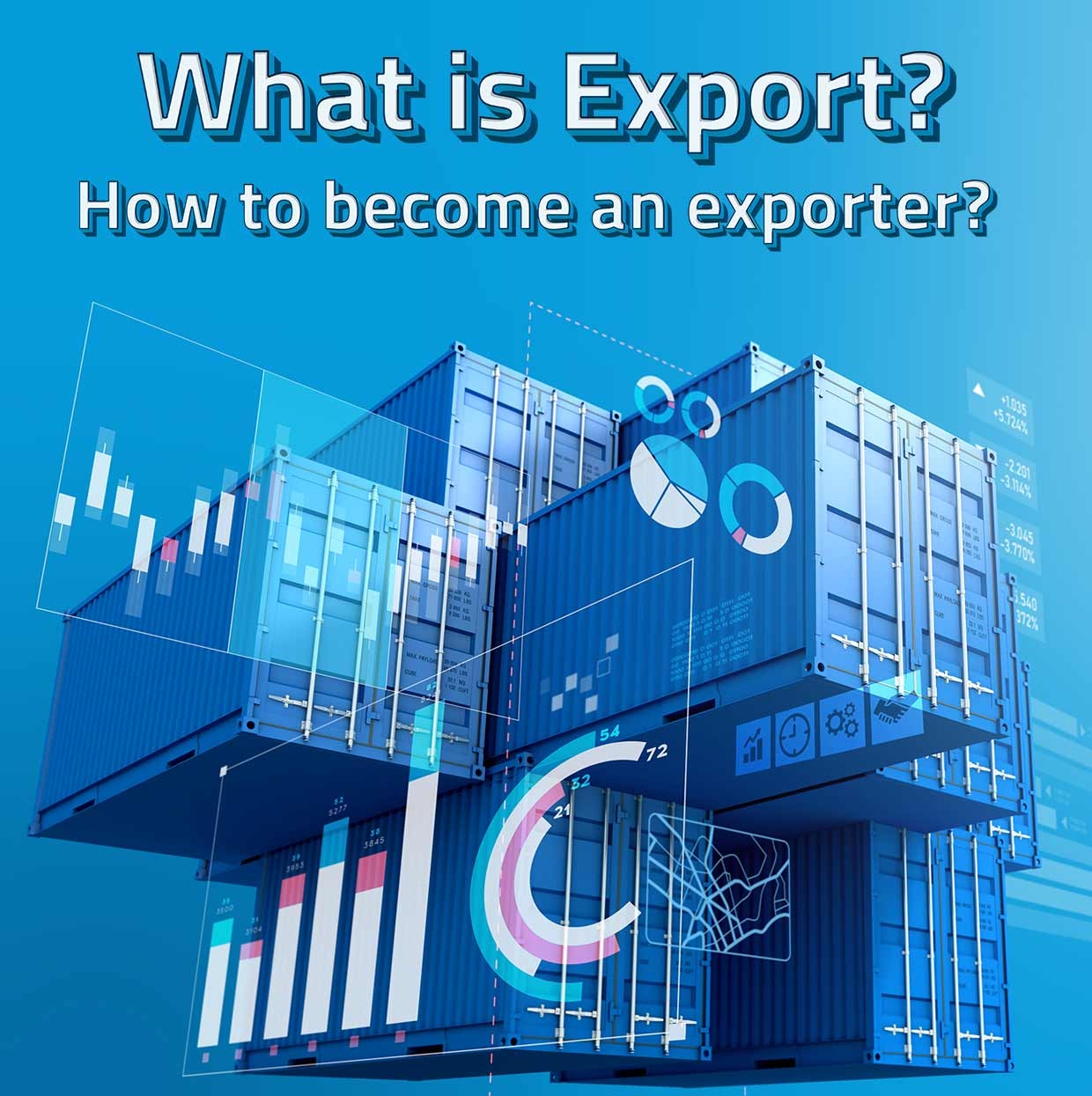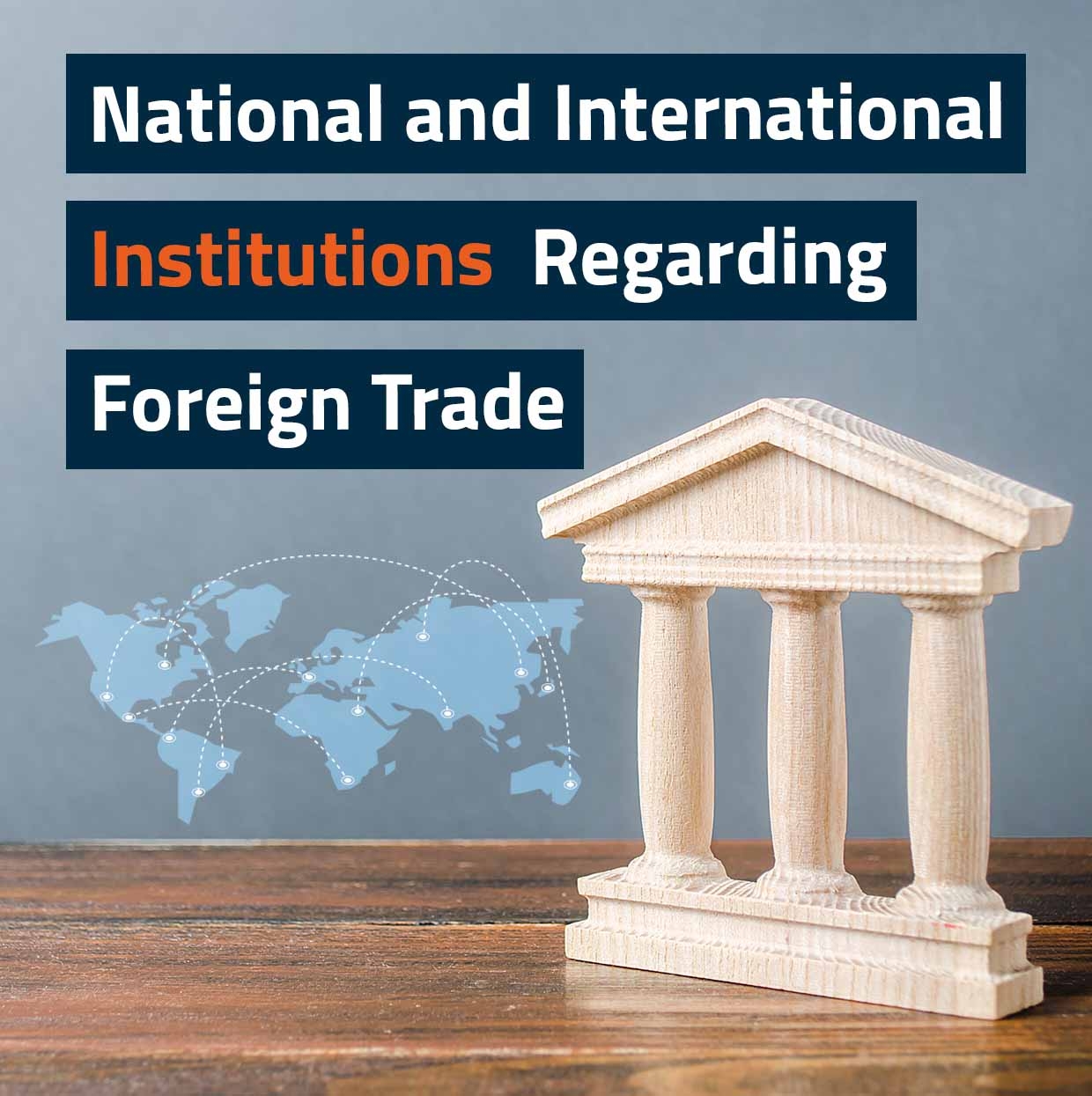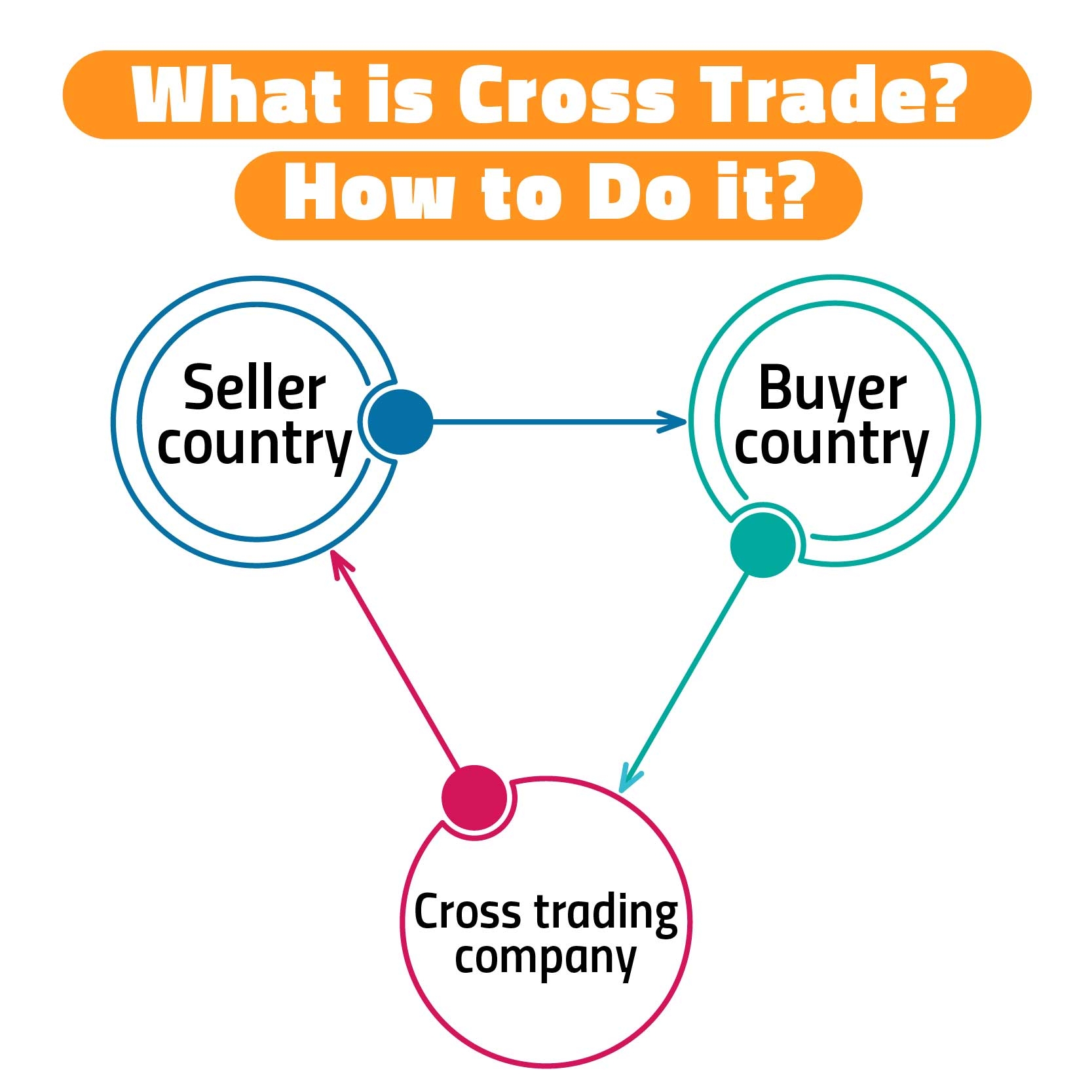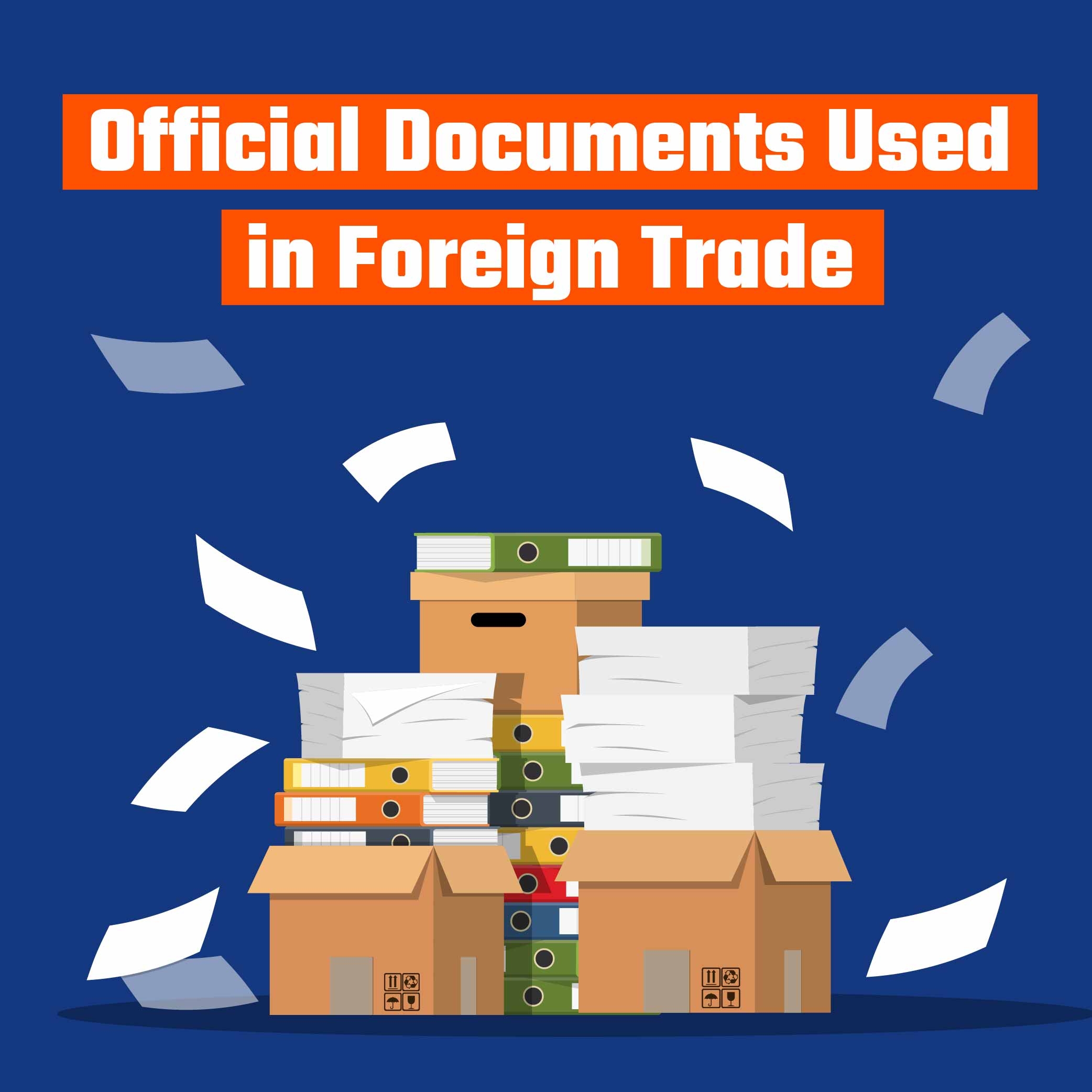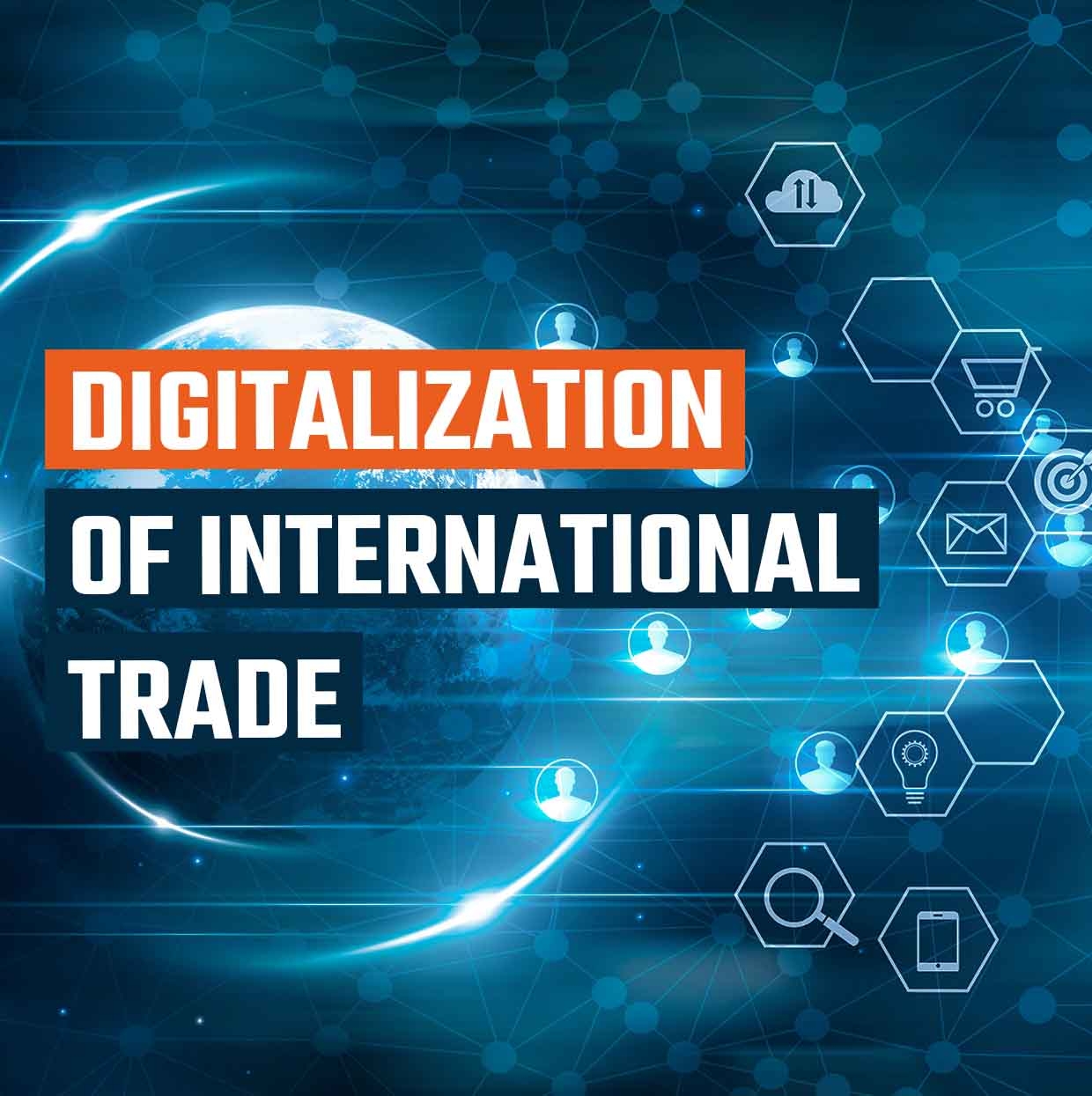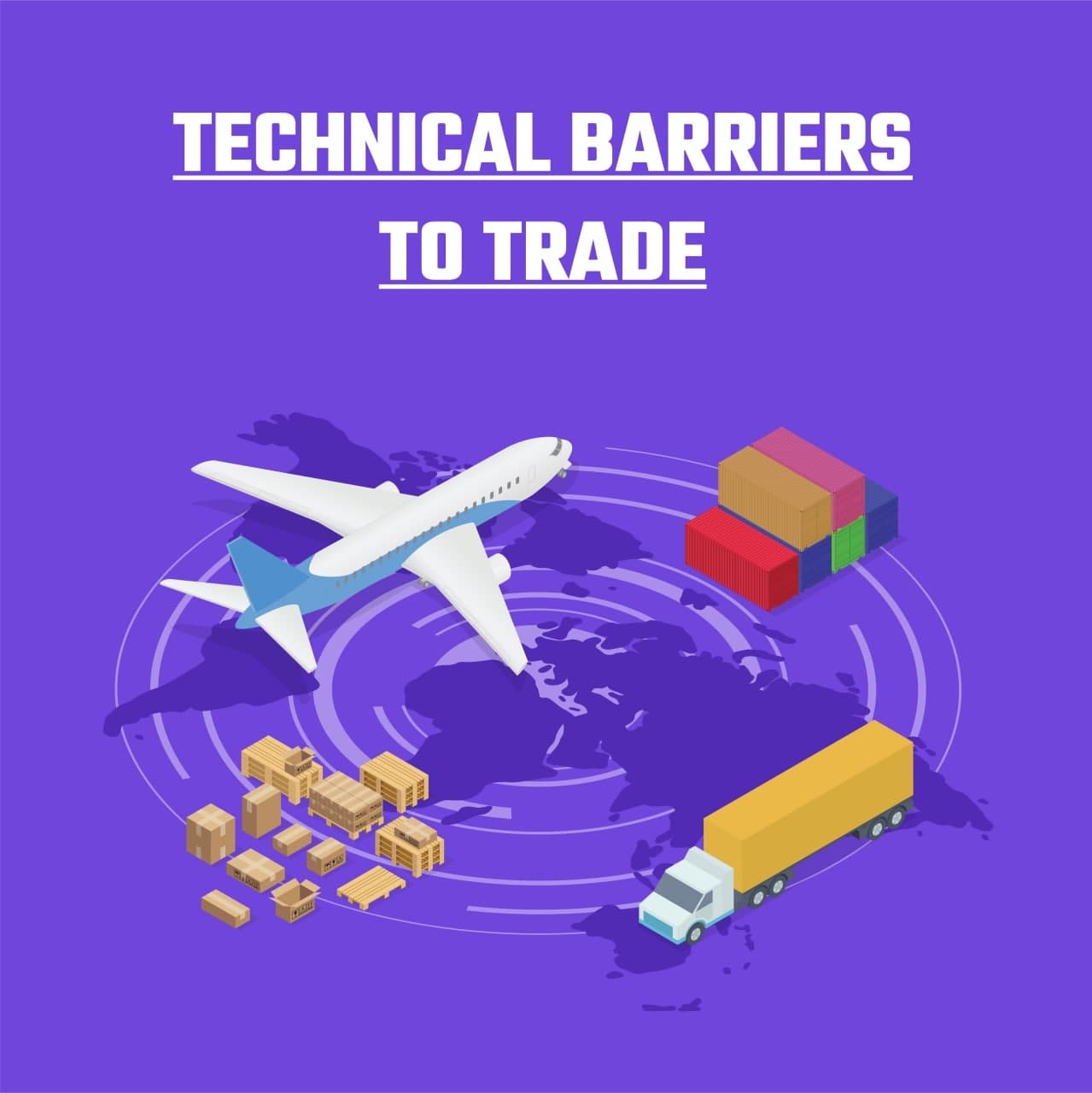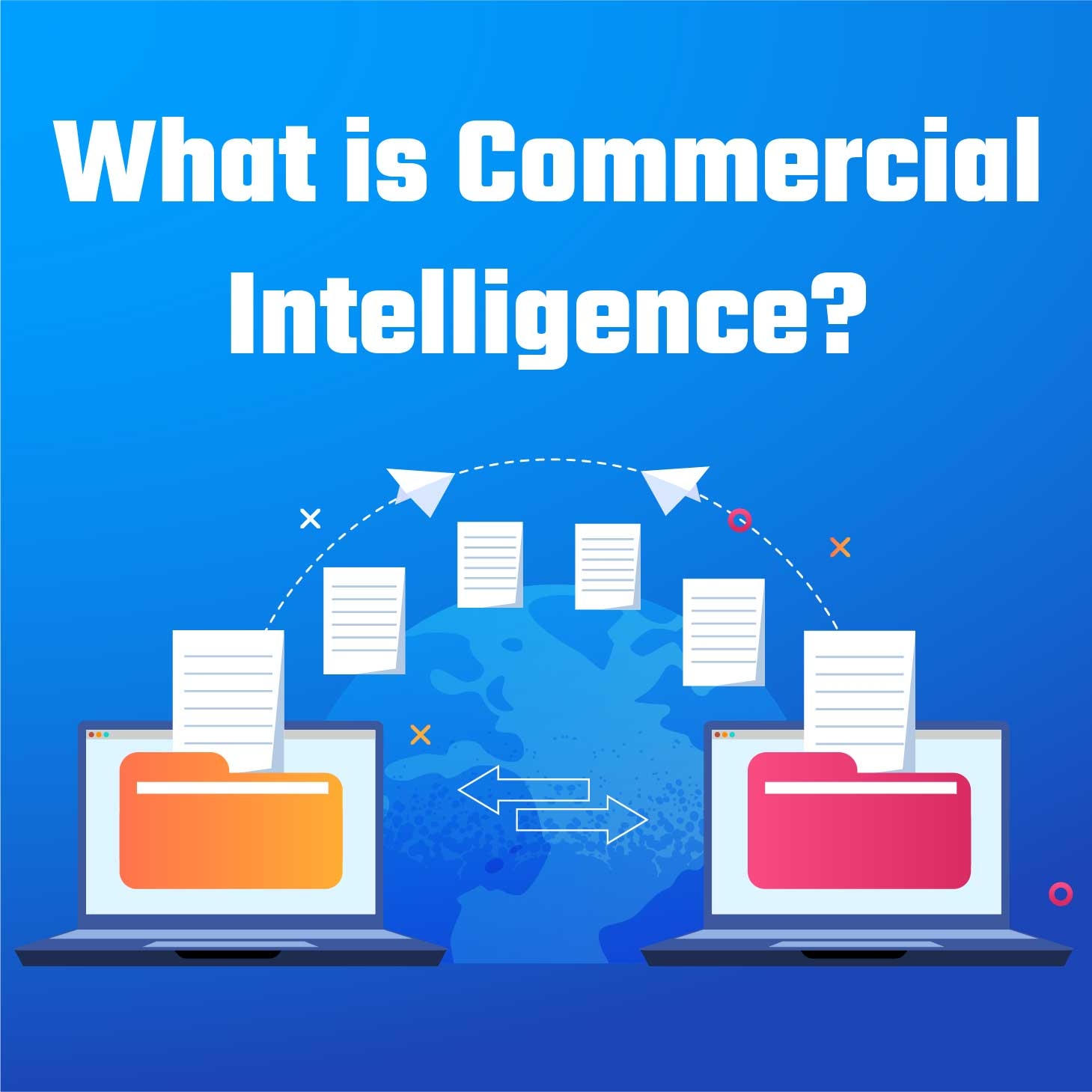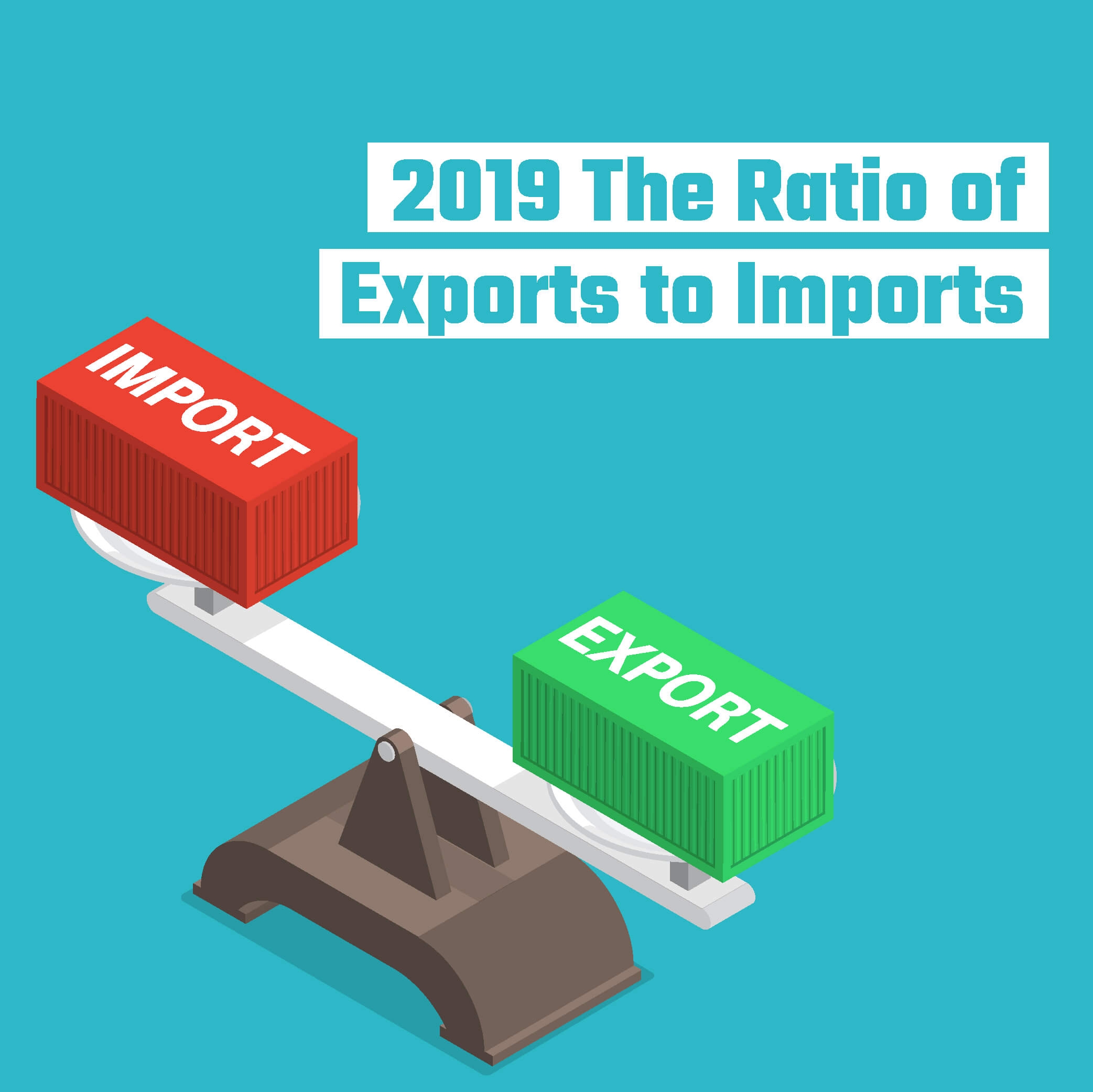Supply Chain 4.0
In order to understand what Supply Chain 4.0 is, we should have
first understood what Industry 4.0 is.
Industry 4.0
While the modern industry was developing, three great industrial
revolutions took place; the invention of mechanical workbenches working with
water and steam in the 18th century, mass production in the 20th century with
the use of electricity and the production line, and automation with
programmable machines in the 1970s. Industry 4.0 is predicted to be the fourth
industrial revolution. This concept was first used in 2011 at the Hannover Fair
in Germany. The report, in which Industry 4.0 took place for the first time,
stated the 20-year plan of Germany's industry. Industry 4.0 was adapted and
started to be used for many sectors following the fair in Germany, such as
Agriculture 4.0, Logistics 4.0, and Supply Chain 4.0.
The main idea of Industry 4.0 is to realize the transformation of
information technologies in the industry. The two key components of this idea
are next-generation software and hardware and the internet of things. In this
way, structures that are lower cost, energy-efficient, sustainable, measurable,
traceable, minimizing risks, strengthening competition in international
markets, allowing to follow the dynamics in the economy instantly, and smart
factories with integrated smart cyber-physical systems can be adopted.
Supply Chain 4.0
One of the concepts that emerged following the concept of Industry
4.0 was Supply Chain 4.0. Supply chain 4.0 stands for the digitization and
automation of processes between supplier, manufacturer, and customer. Supply
chain 4.0 covers all steps from the time the ordered product is shipped to the
end of the product's lifetime of usage. The supply chain is concerned with the
purchasing, processing, production, and shipping of raw materials to customers,
and concerns all parties involved in these processes: suppliers, factories,
warehouses and distribution centers, retailers, and end users. Supply chain
management, on the other hand, ensures that all parties involved in the supply
chain are properly integrated and is concerned with controlling these
activities. The supply chain is a very complex and large network due to its
structure, and it is important to transport materials quickly with an efficient
information flow.
Changes in the Supply Chain
In general, this information technology transformation in the supply
chain can be reflected in the form of data transparency in the areas of
performance management and forecasting. In other words, we can expect the data
flow regarding the status of the products, prices, stocks, sales to continue in
a transparent and uninterrupted manner.
Transformations in the logistics part of the facility will include
mobile conveyor belts to increase efficiency in internal transportation, smart
transportation routes created for unmanned vehicles and vehicles in the
facility, robot technologies, computer-aided modeling and design,
three-dimensional modeling and production with printers, advanced planning in
order-based production, stock-free and also more efficient and intensive use of
kanban charts, the kazien method. In the same way, we can expect developments
that will enable instant collection of orders in storage areas, make them
instantly trackable, provide instant notification to the manufacturer and
supplier of missing parts, cross-load the products from the supplier and exit
the warehouses instantly. In addition to these, we will see structures in which
optimization-based collection algorithms are used in storage areas such as
light collection, sound guided storage, automatic storage, and retrieval
systems, in the digitalization processes of the supply process.
Transformations in distribution and transportation include processes
such as rapidly operating production lines for supply logistics, creating
stock-free structures, synchronizing suppliers' production lines with their own
production plans, developing demand-based plans by supporting them with smart
systems, and developing software and connections for traceability and planning.
Additionally, logistics companies will and should equip their vehicles
technologically for on-time picking and delivery, optimizing connection points
by focusing on consolidation, vehicle tracking systems are developed and
location, arrival time, tachograph management, fuel economy, maintenance
planning, driving efficiency, driver performance, road condition, route
adapting to a holistic ecosystem, such as planning, will also be a part of
these transformations. In these processes, we can also say that the deliveries
will reach the customers in a more personalized way.
Finally, we will see the transformations in the international
shipping section as containers and vehicles track the load they carry with
instant systems. In addition, there will be a progressive transformation
towards systems such as automatic sorting of products to be transferred at the
destinations of vehicles and containers.
In which part of this change does Turkey
stand?
We can say that the place where Turkey stands for Industry 4.0
contrary to the three industrial revolutions in the past is promising.
According to the report titled "CEO's Perspective on Digital
Transformation in Turkey" published in 2016, the digital maturity level of
companies from various sectors is stated as "7% of them are entry, 59% are
developing and 34% have an advanced digital structure". In addition,
according to the same report, it is stated that companies allocate 27% of their
investments to digital development.
Of course, the transformation of information technologies in the
industry cannot be considered only on the basis of companies, this process can
only be completed when the parties with which the companies work together, as
well as the companies, go through the mentioned technological transformations.
For this reason, Industry 4.0 has brought concepts such as Agriculture 4.0,
Logistics 4.0, and Supply Chain 4.0.
It is very easy to reach importers and exporters all over the world
directly with TradeAtlas! TradeAtlas is a global importer and exporter search
engine that contains 1.8 billion bills of lading and shipment details data of
20 million importer companies in more than 230 countries around the world.
TradeAtlas is with you to accompany you in taking steps towards becoming a more
important part of global trade! To become part of the global ecosystem, you can
register and search for free by clicking here.






